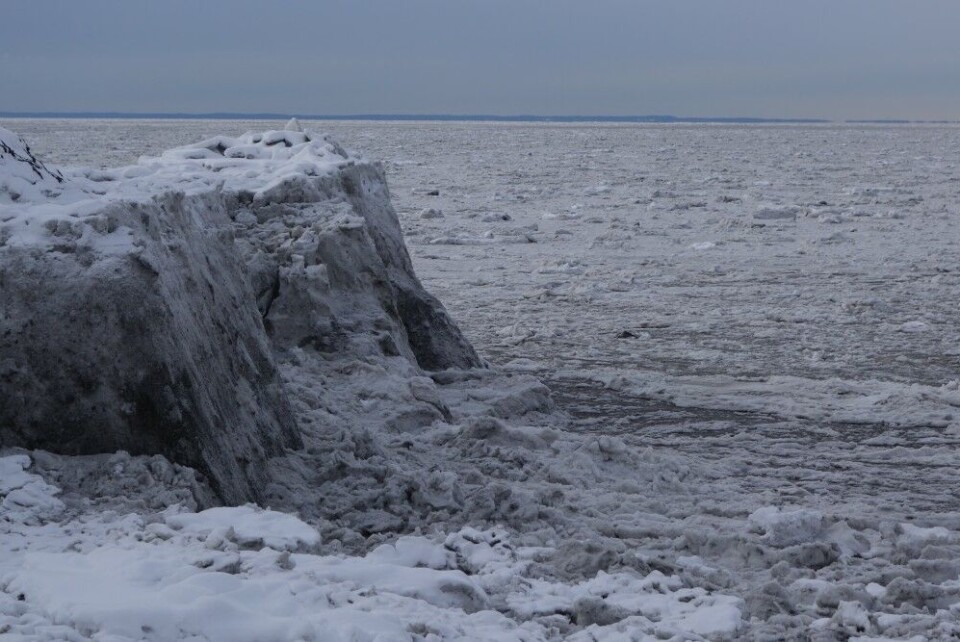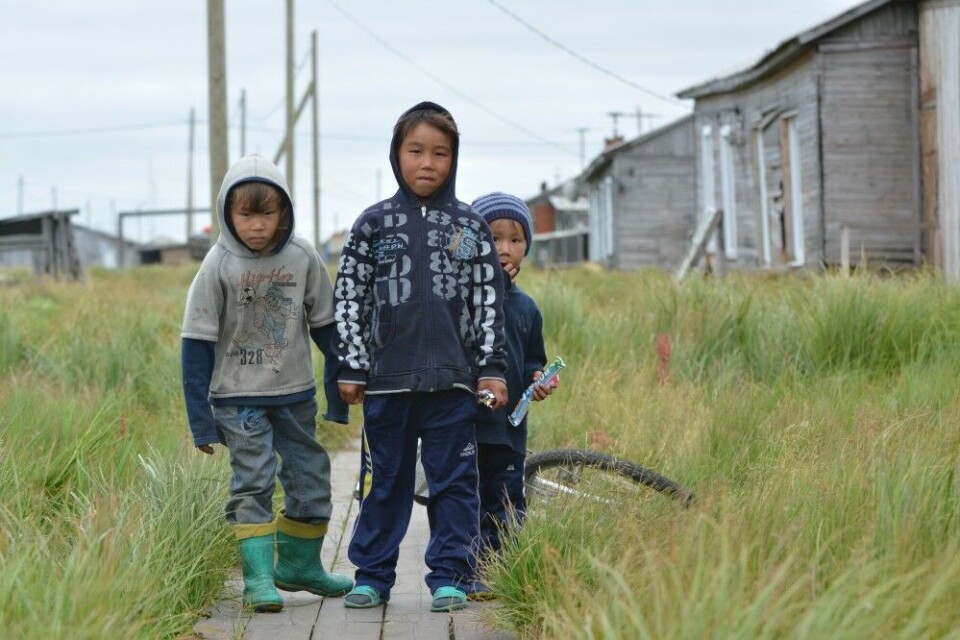
Arctic Ocean on track to be ice-free in summer by 2040, say scientists
The Arctic Ocean is now on track to become ice-free in summers as soon as two decades from now, while autumn and winter temperatures in the Arctic, if carbon emissions are not controlled, will be about 22 degrees higher in 2100 than they were at the end of the 20th century.
The new forecasts of accelerated warming mark the condition of the Arctic at the end of the two-year U.S. chairmanship of the eight-nation Arctic Council, according to reports released by the organization’s Arctic Monitoring and Assessment Program.
















